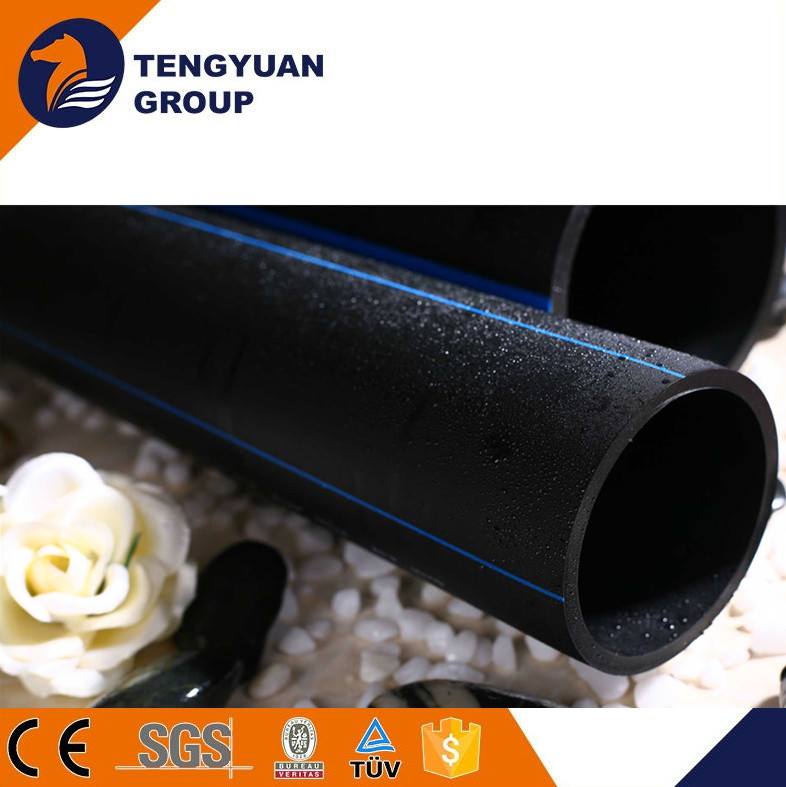The History of HDPE PIPE
Solid-wall HDPE pipe began replacing metal pipe in oil- and gas-gathering systems in the late 1950s. In the early 1960s, gas utilities started replacing failing iron pipe with PE pipe, and because of its successful performance history, 95% of all new gas distribution systems installed today use PE pipe. Soon, corrugated HDPE pipe started to replace clay pipe in agricultural drainage systems. In the late 1980s, large-diameter corrugated HDPE pipe began to replace metal and concrete in storm water culverts. The material has continued to evolve into what is now its third and fourth generation of development, each with improved performance capabilities.
Thermoplastic piping systems are sustainable and environmentally responsible for pipe selection.
They are energy efficient during manufacturing and provide peak protection from contamination during service. They also require significantly less energy to fabricate, transport and install than metal or concrete alternatives. With resistance to corrosion and abrasion, plastic piping systems also supply long service life, provide excellent joint performance and offer leak-free protection, making it a good value.
For centuries, farmers knew that proper field drainage, along with irrigation, was a key part of increasing crop yields, so they used clay tiles. Studies show that soybean yields increased 43% and corn 30% when fields are “tiled.” With the advent of HDPE resin and the ability to make pipe, the agriculture market became the starting point of more pipe development. In less than one generation, HDPE pipe displaced a product that had been used for hundreds of years. Larger diameters soon followed to provide for new applications, especially in department of transportation and other public storm drainage projects.
